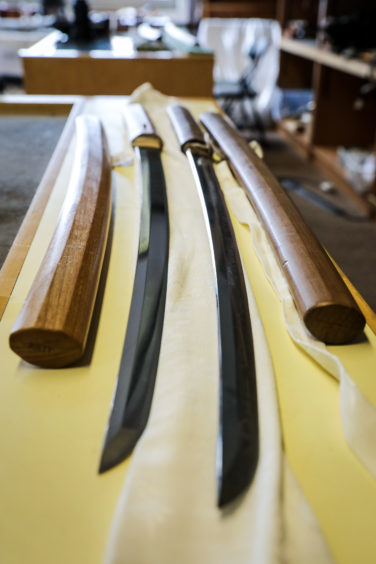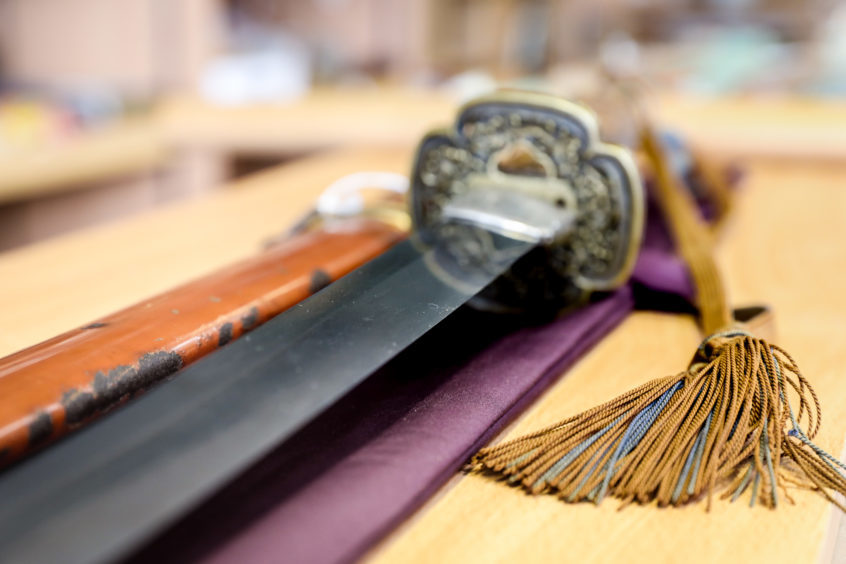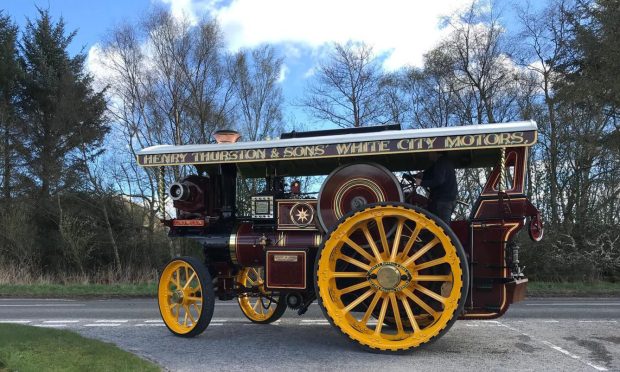A collection of historic Japanese swords, built up over a period of 40 years, has attracted strong interest from across the UK before their sale at an Angus auction.
The traditional weapons, in varying conditions, have all come from a single collection, believed to have been kept locally, and will be sold at Taylors Auctions Rooms in Montrose.
One of the distinctive swords has generated a huge amount of interest and has a blade which dates from the Edo period in Japan, which stretched from 1603 to 1868, when the Samurai were at the height of their powers under the rule of the Tokugawa Shogunate.
However, other fittings on the sword date from World War II, including an officers knot at the hilt, raising the possibility the sword may have belonged to a samurai family and carried to war, where the heirloom was ultimately taken as a trophy.
Weapons specialist at auction house, Reece Jamieson said: “We have had a huge amount of interest in the Japanese swords, but the one with Second World War fittings has attracted significant attention, with one potential buyer flying up from London to see it first-hand.”
“These swords came from a private collection in Aberdeenshire that was built up over the last 40 years, and we expect a lot of interest in them from across the UK and the wider world.”
Several of the other Japanese swords date from the 19th century, with guide prices ranging from £600 to £1,200, although it is believed that they could sell for much higher sums in a market known for its discerning collectors.
The iconic curved blades have become synonymous in the west with the legendary Samurai warriors, who traditionally carried two swords, a longer one called a katana, and shorter one called a wakazashi.

Genuine historic examples remain highly sought after, especially where the blade is signed and the weapon has some provenance.
A treatise on sword fighting called “The Book of the Five Rings” by 17th century samurai Miyamoto Musashi was widely adopted by western business people who took Musashi’s teachings on conflict and applied them to business strategy.
Mr Jamieson concluded: “The thing is that thanks to the internet, people can see the items for sale and bid on them from anywhere in the world.
“After a sale we can be sending out hundreds of parcels nationally and internationally.”











